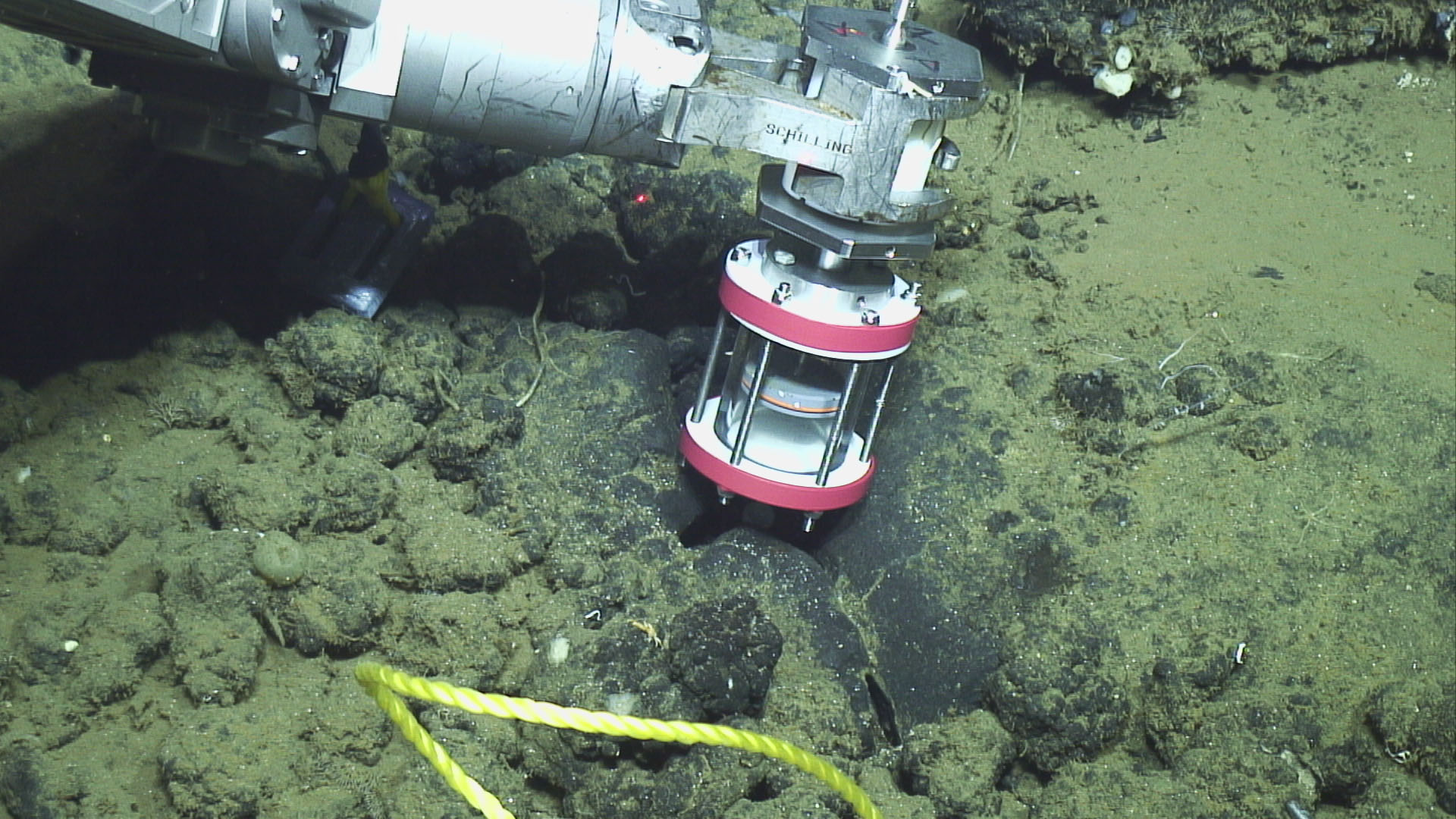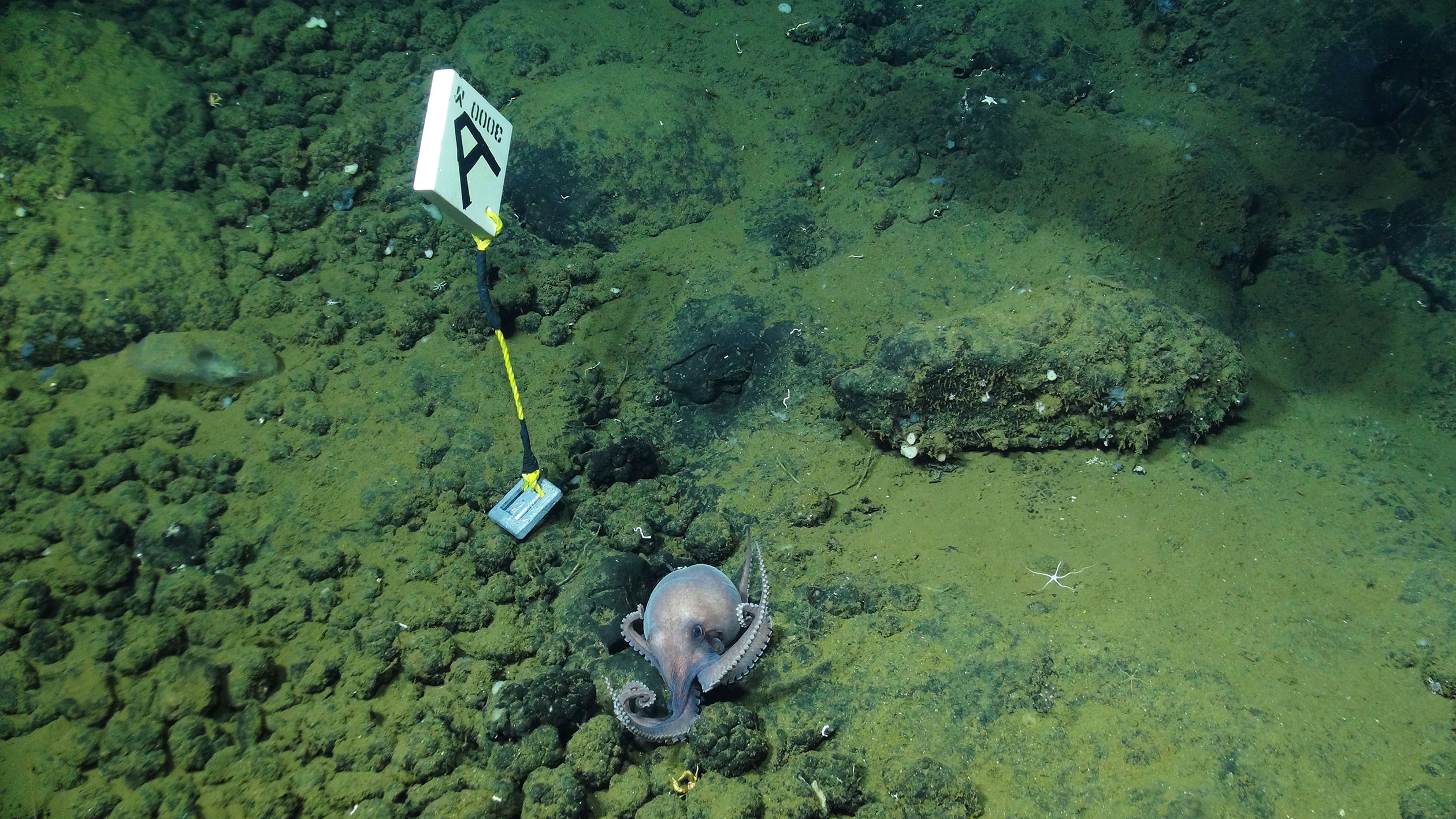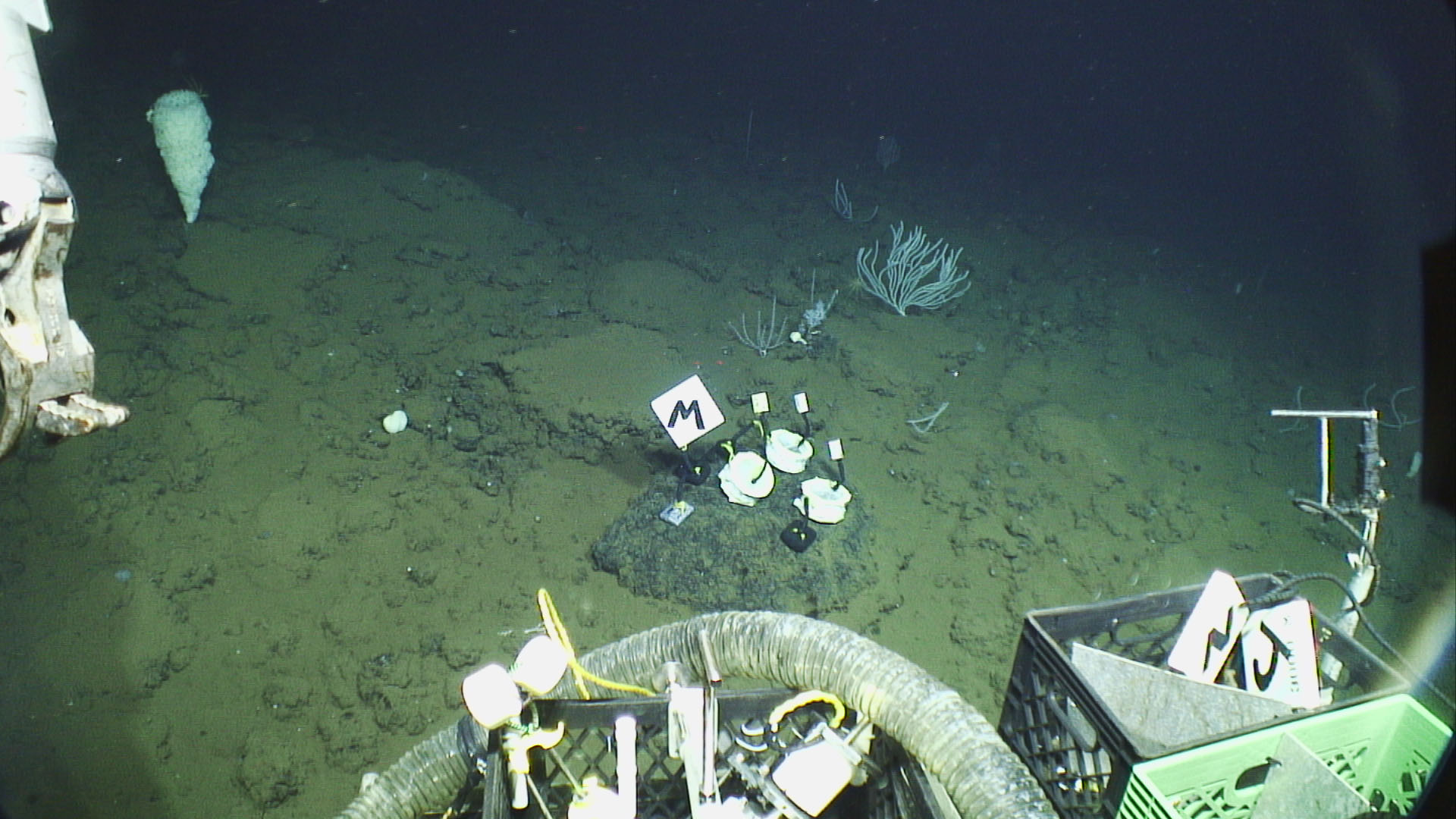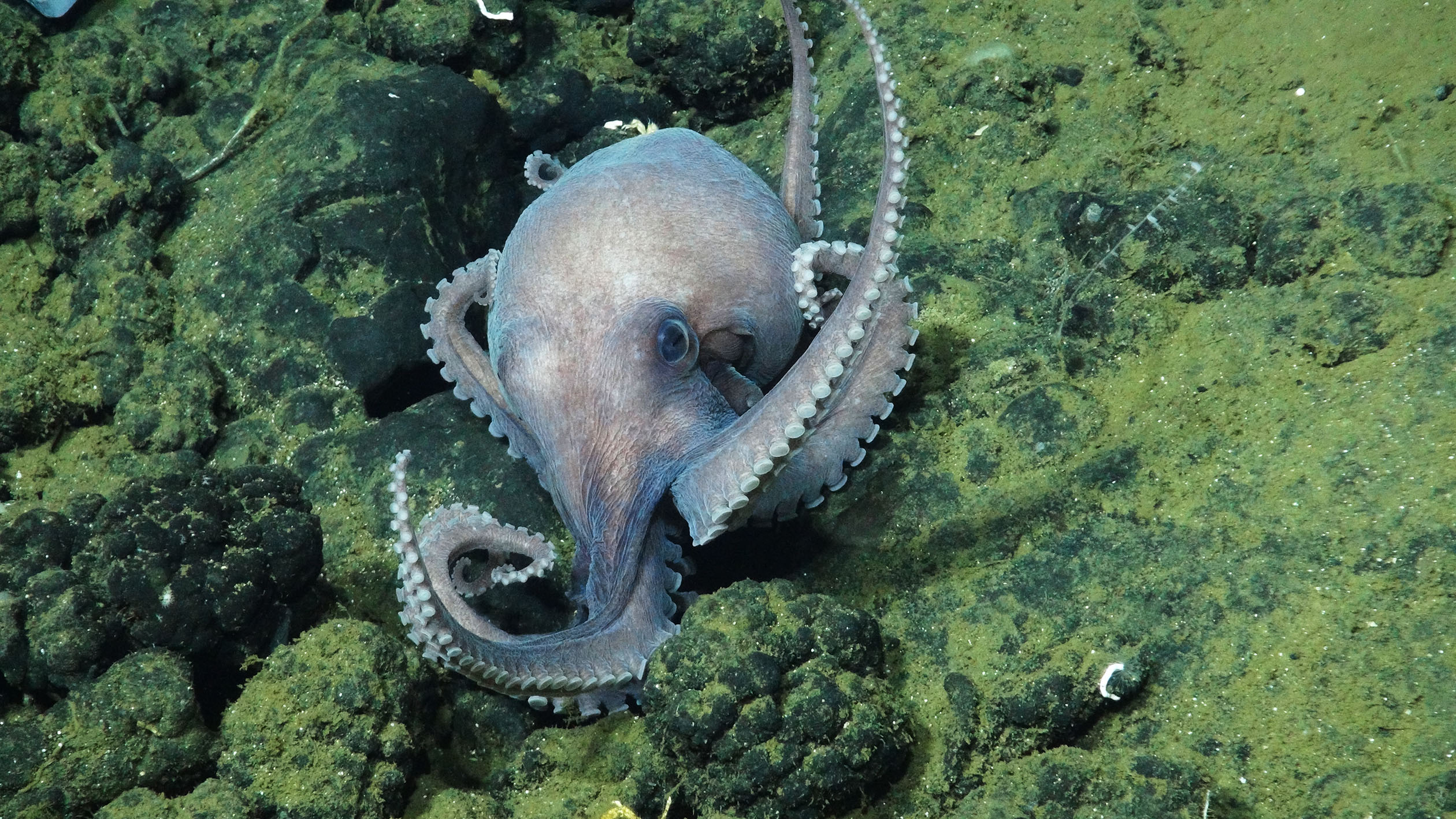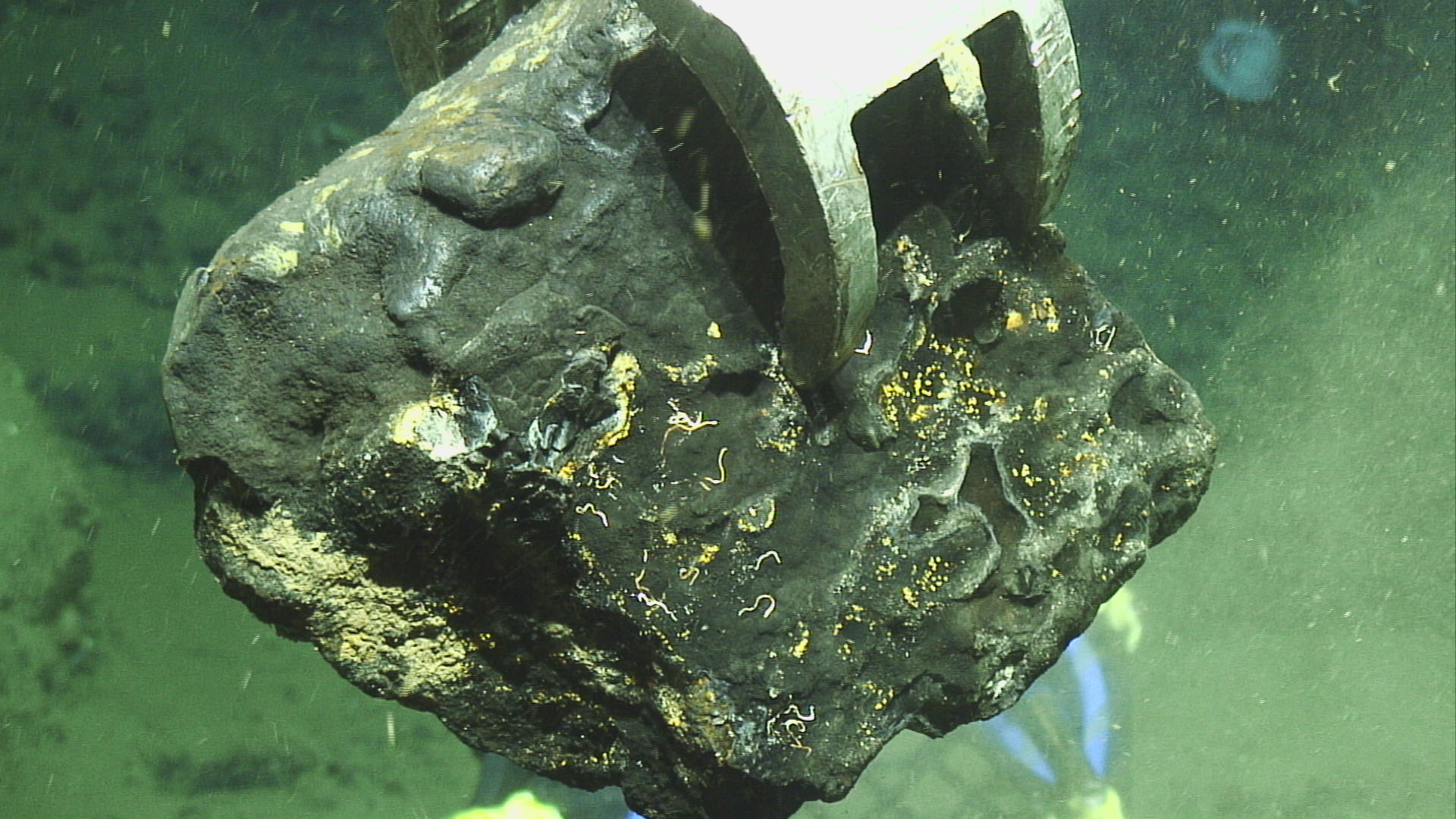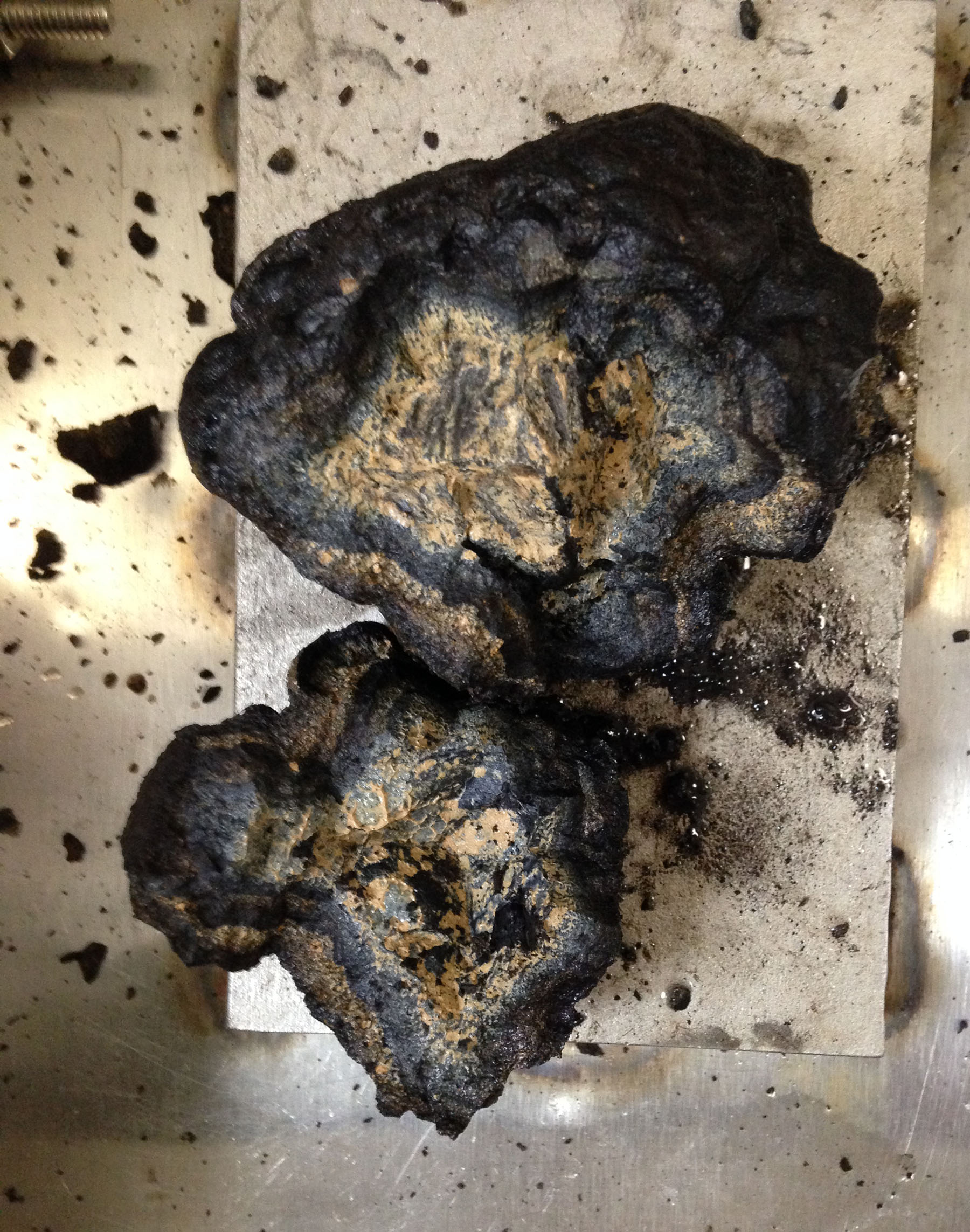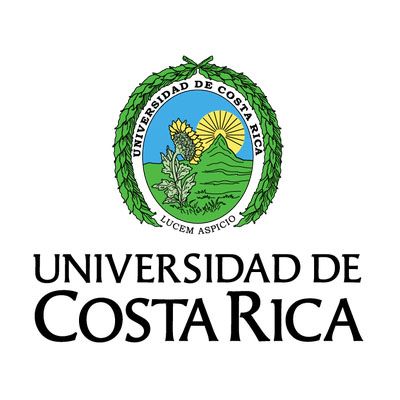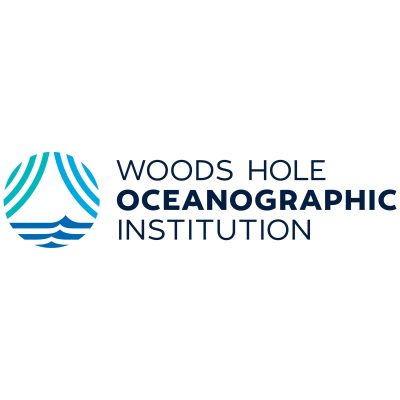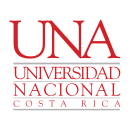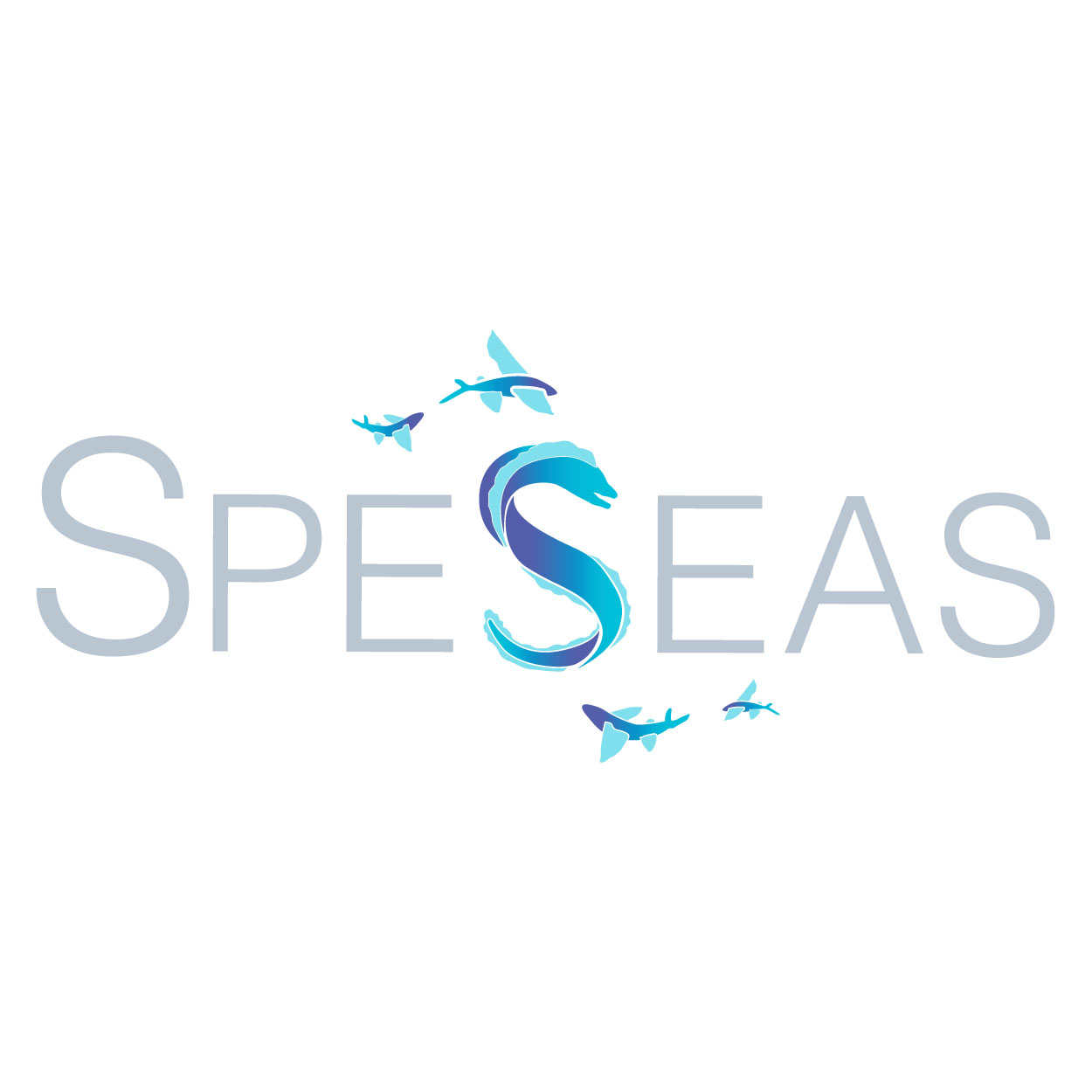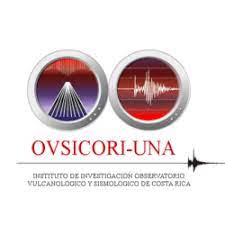Expedition dates: June 2 – June 21, 2023
The west coast of Costa Rica is home to numerous seamounts— underwater mountains that facilitate stunning biodiversity in the deep sea. While some of these seamounts have been explored, and a few of these are protected by the Costa Rican government, others remain minimally studied, especially along the northwestern edge of the Pacific Ocean Margin. Co-chief Scientists Dr. Beth Orcutt of the Bigelow Laboratory for Ocean Sciences (USA) and Dr. Jorge Cortés of the Universidad de Costa Rica and an international team will investigate the biodiversity of unprotected seamounts in this underexplored region. Their primary target is the Dorado Outcrop, where an “Octopus Garden” was first discovered in 2013. On this small outcrop the size of a soccer field, an estimated one hundred female octopuses are brooding their eggs together along low-temperature vents, a phenomenon that scientists had never seen before. The science team’s goal is to better understand the hydrogeology, microbiology, ecology, and geochemistry that may facilitate this fascinating behavior while also characterizing life-supporting services provided by the ecosystems on these seamounts.
Half of the expedition’s science party participants come from Costa Rica and other Latin American and Caribbean countries to aid in building capacity for deep-sea research in the region. The expedition’s science party is also predominantly led by women. Several artists will be joining the team to share stories from the deep sea to raise public awareness of Costa Rica’s maritime heritage.
Octopus Nurseries in the Deep
In December 2013, scientists witnessed an astonishing octopus behavior at the Dorado Outcrop: an estimated 100 female octopuses were brooding their eggs together at low-temperature hydrothermal vents. The behavior shocked cephalopod experts because octopuses were considered solitary creatures at the time. In the past, octopuses were observed fighting over territory or mating toward the end of their life. Female octopuses are known to brood their eggs alone in rocky crevices, passing away after their eggs hatch.
The scientists were also puzzled that the octopuses’ eggs were not viable, as the hydrothermal fluid are lower in oxygen. When the octopuses were gently nudged aside, no embryos were seen developing in the egg sacs. On a return trip in December 2014, scientists observed octopuses at the same location with undeveloped eggs. Were these female octopuses laying their brood in a hostile environment for egg development?
Orcutt and her team will return to the Dorado Outcrop to see if they can find brooding octopuses with developing eggs or work to determine why these octopuses are laying their eggs in a less-than-ideal environment. They will also travel to other seamounts in the region to see if there are other places with low temperature venting, or if this hydrothermal feature is unique to Dorado Outcrop. Likewise, they want to understand if octopus gardens are more widespread or are rare occurrences, perhaps worth protecting. Alongside documenting the octopus, they plan on examining the microbial communities at these sites and find out if they have symbiotic relationships with the octopuses and their young. Scientists know little about the microbial communities hosted within deep-sea octopuses. Orcutt and her team are curious if the microbes emitted from low-temperature vents are essential to the health of the octopus and any eggs that hatch.
Off-Axis Seamounts
The Dorado Outcrop is one of Costa Rica’s “Off-Axis” seamounts on the complex Cocos Plate. It is part of a group of seamounts formed on the East Pacific Rise, as compared to more southerly seamounts offshore Costa Rica that were formed from the Cocos-Nazca Spreading Center. Several of the southern seamounts near Cocos Island National Park and the spreading Nazca spreading center are partially protected within the Montes Submarinos Marine Management Area. However, the Dorado Outcrop and its surrounding seamounts sit outside the national park and away from the axis of the spreading centers, making them “off-axis.” The volcanic activity that fuels hydrothermal vents diminishes as seamounts are pushed further away from the spreading center, rendering them inactive.
The low-temperature fluid that emerges on these seamounts is not the result of volcanic activity but comes from the natural cooling of the Earth’s crust. Scientists hypothesize that seawater is drawn down through larger inactive seamounts into the warmer crust, and in turn, is vented out at low temperatures through nearby smaller seamounts. This process is likely the most common form of hydrothermal venting across our planet. Still, it is poorly studied as these vents have been historically harder to locate.
The Octopus Odyssey objective is to search for more low-temperature hydrothermal vents on Costa Rica’s northwestern seamounts, documenting microbial and observable communities, and the relationships between them, on these lesser-explored geologic features. Through this work, they hope to capture a complete picture of the ecosystem services provided by the seamounts.
Ecosystem Services and Deep Sea Management
Ecosystem services is a term that describes the science of quantifying life-sustaining resources our planet provides, like nutrient cycling and food production. Microbes, for example, are the base of the food web for hydrothermal vents, and these systems would not exist without them. Human activities, like mining and overfishing, threaten many of these environments. To better understand how humans may impact seamounts and their services, Orcutt and her team will work to quantify the role of microbes and animals in providing ecosystem services in these habitats. They hypothesize that microbes may be involved in the formation of ferromanganese crusts on rocks exposed at these seamounts. Globally, these crusts are potentially an economically valuable mineral resource in the deep sea currently targeted for deep-sea mining. By quantifying the baseline ecosystem services provided in seamount ecosystems with ferromanganese crust , the scientists hope to establish what the world may lose should deep-sea mining occur.
Data & Publications
ADCP data, curated by University of Hawaii, can be accessed here.
In the News
Absolutely astonishing deep sea giant just filmed by scientists
Mashable • December 4, 2023
Treasure trove of skate egg “mermaid purses” found in deep sea
Salon • October 12, 2023
Scientists capture jaw droppingly rare deep sea giant in the ‘midnight zone’
TweakTown • December 11, 2023
Hallan en Costa Rica una peculiar eclosión de bebés pulpos de aguas profundas
El Mundo • July 10, 2023
Researchers found a rare octopus nursery off the coast of Costa Rica
NPR • July 3, 2023
Rare deep sea creature with ‘truly alien form’ spotted right after eating, video shows
The Miami Herald • July 5, 2023
Deep-Sea Octopus Nursery Discovered off Coast of Costa Rica
One Green Planet • July 5, 2023
Third active Octopus nursery found beneath waves of Costa Rica. Watch
The Hindustan Times • July 4, 2023
Deep-sea expedition reveals rare octo-nurseries off Costa Rica
Mongabay • July 4, 2023
Watch Baby Octopuses Hatch from a Surprising Deep-Sea Nursery
Scientific American • July 3, 2023
Scientists find stunning new octopus world in the deep sea
Mashable • July 1, 2023
Marvel at never-before-seen octopus nursery found off coast of Costa Rica
FOX 29 Philadelphia • July 1, 2023
Rare octopus discovery made 2 miles below the ocean surface
Kake.com • July 1, 2023
Deep-Sea Octopus Nursery Found Beneath The Waves Off Costa Rica
HuffPost • July 1, 2023
Scientists find stunning octopus world in the deep sea
US Times Post • July 1, 2023
Octopus Nursery Discovered 2 Miles Below Surface Might Also be Home of Potential New Species — Costa Rica
Nature World News • July 1, 2023
Unleash the Hounds Science Edition – Snare bans, Saturn, and octopus dreams
The Wild Hunt • July 1, 2023
Scientists make a remarkable discovery of a new deep-sea octopus nursery
East Coast Daily News • July 1, 2023
Rare Octopus Nursery Discovered Deep Under the Sea
The Messenger • June 30, 2023
Marvel at never-before-seen octopus nursery found off coast of Costa Rica
FOX Weather • June 30, 2023
Scientists Discover World’s Third Known Octopus Nursery
Yahoo! News • June 30, 2023
Scientists discover never-before-seen deep sea octopus nursery
Sky News • June 30, 2023
Third ever deep-sea octopus nursery discovered in Costa Rica
Interesting Engineering • June 30, 2023
Deep-Sea Baby Octopus Nursery Seen In Stunning Footage From Costa Rica
IFLScience • June 30, 2023
Rare deep-sea octopus nursery discovered off Costa Rica
ABC News • June 30, 2023
Rare octopus nursery discovered nearly 2 miles below the ocean surface
CNN • June 30, 2023
Never-before-seen deep sea octopus nursery with possible new species captured on video
The Independent • June 29, 2023
Newly Explored Deep Sea Octopus Nursery Is Just the Third Ever Discovered
Gizmodo • June 29, 2023
Something wondrous
Axios • June 29, 2023
Watch rare footage of a shapeshifting eel with ‘remarkably full tummy’ swimming in the deep sea
Livescience • June 29, 2023

